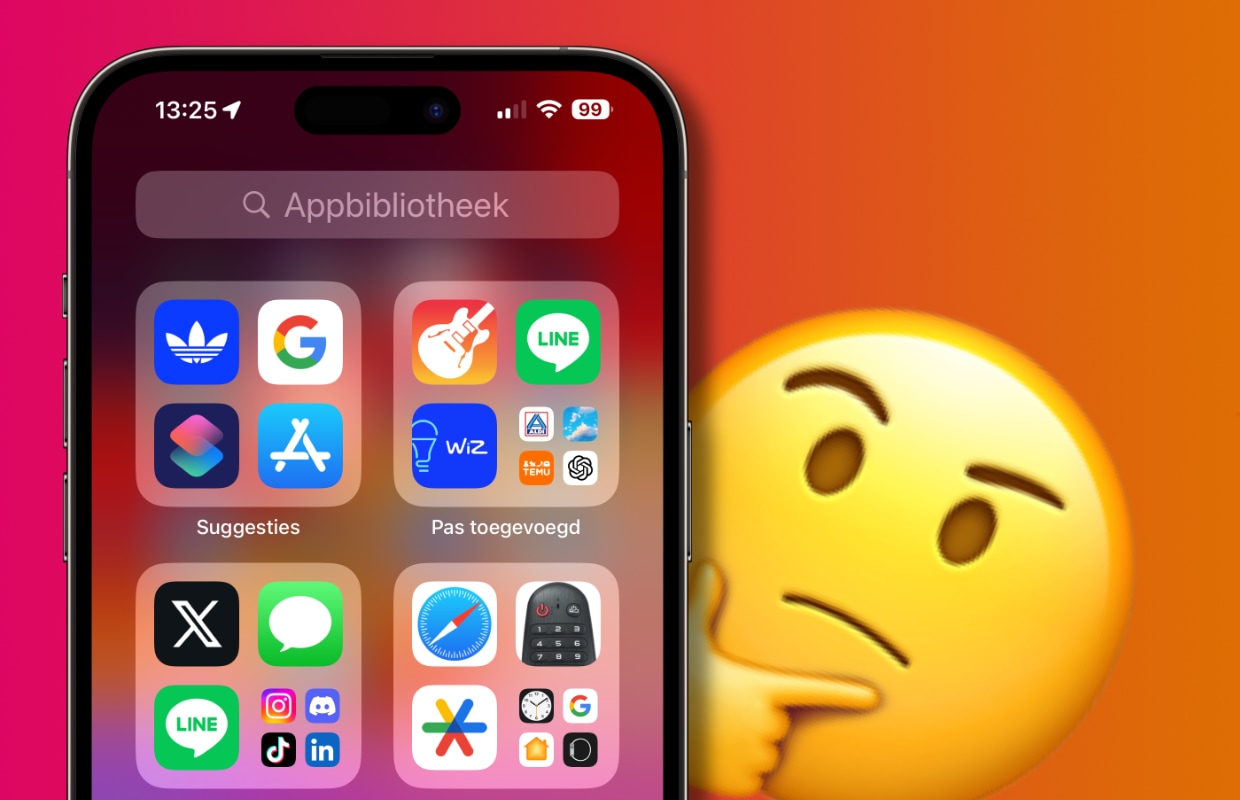‘We need to put ourselves in the shoes of children with ADHD more often’
When you think of a child with ADHD, you might envision a hyperactive bouncy ball, or think of the abbreviation ‘Alle Dagen Very Busy’. Lidewy Hendriks, psychologist at MIND Correlation, calls: let’s think a little more often about what a child experiences himself. “ADHD not only has difficult sides, but also very strong ones.”
Difficulty paying attention, being very busy, feeling restless or doing things first before thinking (or being impulsive): these are a few characteristics of ADHD (Attention Deficit Hyperactivity Disorder). Children with ADHD are still too often labeled as ‘difficult’, psychologist Lidewy Hendriks notes. “People sometimes find it annoying that a child can’t sit still, makes a noise or can’t keep his mouth shut,” she says. “It’s not that a child with ADHD isn’t busy, that can certainly be a characteristic, but that only looks at it from the outside. I think it is much more important that we put ourselves in the child’s shoes.”
A lot of misunderstanding for children with ADHD
ADHD is more than the image of hyperactive kids running around. “A child is sometimes frustrated or grumpy because they have trouble sitting still or performing a certain task. They then behave in a way that is not entirely under their control, but that does not mean that they always bounce.” Getting angry or grumpy, but not understanding why, is extremely frustrating. This also applies to misunderstanding in class or at home. “No matter what a child does, it is never right. This gives a child the feeling that he is failing all the time, and that makes him angry or frustrated. If this is misunderstood, a vicious circle ensues. The child is immediately labeled: you are a disruptive element in the classroom. This actually creates more tension and therefore unrest in the child.”
Also read: ‘Two years ago I found out that I have ADHD’
Negative self image
How we interact with children with ADHD has a major impact on their self-image. Now and in the future. “Sometimes a child wants to talk about something for a long time out of enthusiasm, but there is no room for that within the structure of the class or the family. Cutting off such an urge increases a negative self-image. As a result, a child feels: I am not allowed to be who I want to be.” According to Hendriks, schools are paying more and more attention to children with ADHD, although things sometimes go wrong. “For example, a child has to write down as a punishment: ‘I can’t be so busy in class’. Or they are told: ‘If you are quiet for an hour, you will get a treat’. That’s like saying to someone with brown hair, “If you’re blonde for an hour, you’re in for a treat.” A teacher means well and only wants to stimulate, but it is really not a child’s unwillingness, it is inability.”
Enough strengths
Hendriks comes with a clear message: “Let’s put ourselves in the shoes of children with ADHD more often. What do they experience and, above all, what do they need? That is much more effective than going against it and trying to push a child into a pattern.” She advocates more in-depth study of the subject at schools, but also among fellow students. “Too often the All Days Very Busy image prevails. ADHD not only has difficult sides, but also very strong ones. They are often very creative children, with a lot of imagination, innovative (or good) ideas, spontaneity and energy. We must use these forces more often.”
Do you recognize yourself as a parent or child in this story and would you like to talk about it with a professional counselor? This can be done for free and anonymously www.mindkoratie.nl.



